Peppermint Crisp tart is a beloved South African dessert of which the origins can be traced back to the 1970s The dessert quickly gained popularity for its unique combination of flavours and textures.
The Peppermint Crisp tart consists of layers of crunchy biscuits, whipped cream mixed with caramelised condensed milk and Peppermint crisp, and a generous sprinkling of grated Peppermint Crisp chocolate on top.
The dessert is a staple at family gatherings, braais (barbecues), and special occasions across South Africa.
Over the years, the Peppermint Crisp tart has become an iconic dessert in South African cuisine, with many variations and adaptations to suit different tastes. It has also gained a cult following among locals and visitors alike, who appreciate its refreshing taste and nostalgic appeal. Today, the Peppermint Crisp tart continues to hold a special place in the hearts of many South Africans, serving as a reminder of shared memories and traditions. Its enduring popularity is a testament to the creativity and ingenuity of South African cooks and the love for this sweet and indulgent dessert.
Ingredients
- 500 ml whipping cream (Schlagsahne)
- 2 packets of Tennis biscuits
- A tin (around 375 g) of caramelised condensed milk
- 150g Peppermint Crisp chocolate bars
- 3-4 drops of peppermint essence if you like
Method
- Remove the chocolate bars from their wrappers and place them into a plastic bag.
- Using a rolling pin or similar, crush up the chocolates in the bag. – See notes on substitutes, it might be better to grate your substitute.
- Place the caramel in a mixing bowl and mix until smooth.
- In another bowl, whip the cream to stiff peaks.
- Add the peppermint essence to the caramelised condensed milk
- Fold in the cream
- Add 100g of the Peppermint Crisp and mix it well
- Place a layer of tennis biscuits in a buttered dish ( 30 x 20 x 5 cm). Make sure you cover the bottom of the whole dish.
- Spoon ⅓ of the caramel mix over the biscuits and spread evenly.
- Continue in layers, finishing with a layer of caramel mix on top.
- Refrigerate for at least 4 hours.
- Decorate by sprinkling the remainder of the peppermint crisp on top.
Ingredient substitutes
-
Peppermint crisp
Peppermint Crisp is made by Nestle, and is a chocolate bar bar filled with a multitude of thin cylinders of mint-flavoured ‘cracknel’ (which is a brittle crystalline/sugar concoction extruded in fine hollow tubes). In south Africa you get them in 49 grams and 150 grams Marabou Mint Krokant. Aero mint or any mint flavoured chocolate can be used as a substitute. Online shops selling South African products normally stock Peppermint Crisp. Another option is to add 5 – 10 ml peppermint or spearmint extract to the mixture, together with a Cadbury flake type of chocolate. Depending on the substitute you use, either crush or roughly grate the chocolate
-
Tennis biscuits
Tennis biscuits are thin square coconut tea biscuits, the best alternative in Germany is Leibniz Butterkekse, although it does not contain coconut
-
 Caramel Treat
Caramel TreatCaramelised Condensed Milk can be found in most major shops, look in the dairy or international sections. Make sure it contains sugar (gezukert) for example “Karamell Kondesnmilch erzeugnis gezuckert
-
Orley Whip
Some recipes call for Orley Whip, you can easily substitute it with another non-dairy cream, or with normal whipping or even double cream. Go for at least 30% fat.
Resources on the web
Related content

South African Recipes
Click here to submit your recipe Seasonal recipes Resources on the web Ina Paarman Pinterest – on the Braai Jan Braai Watertand resepte vir oud en
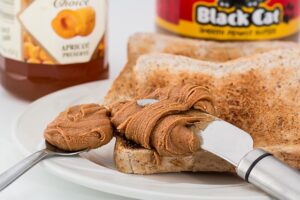
Substitutes – Other Products
Here is a list of substitutes and translations for general food and kitchen items like cling film, maize meal, custard and biscuits Related content

Dairy substitutes
Here is a list of suggestions for dairy products, as well as some translations. You can also read more on Rewe’s site Related content





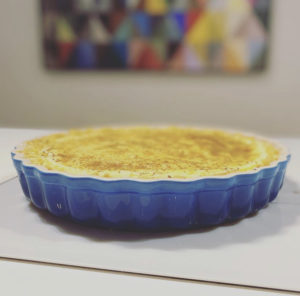


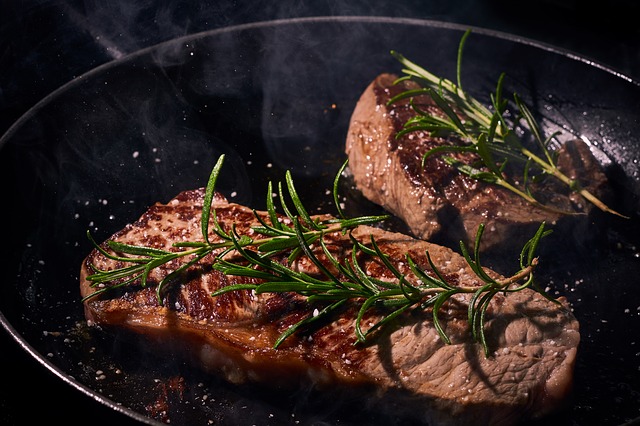

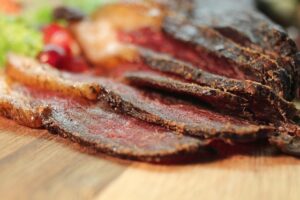



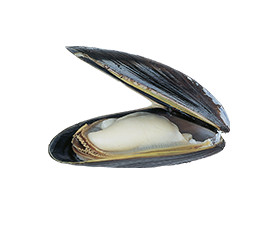


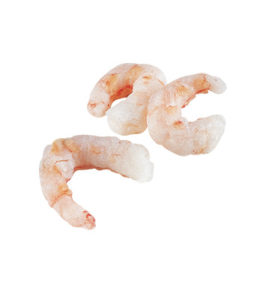
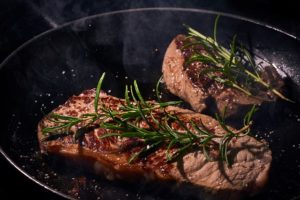

You must be logged in to post a comment.